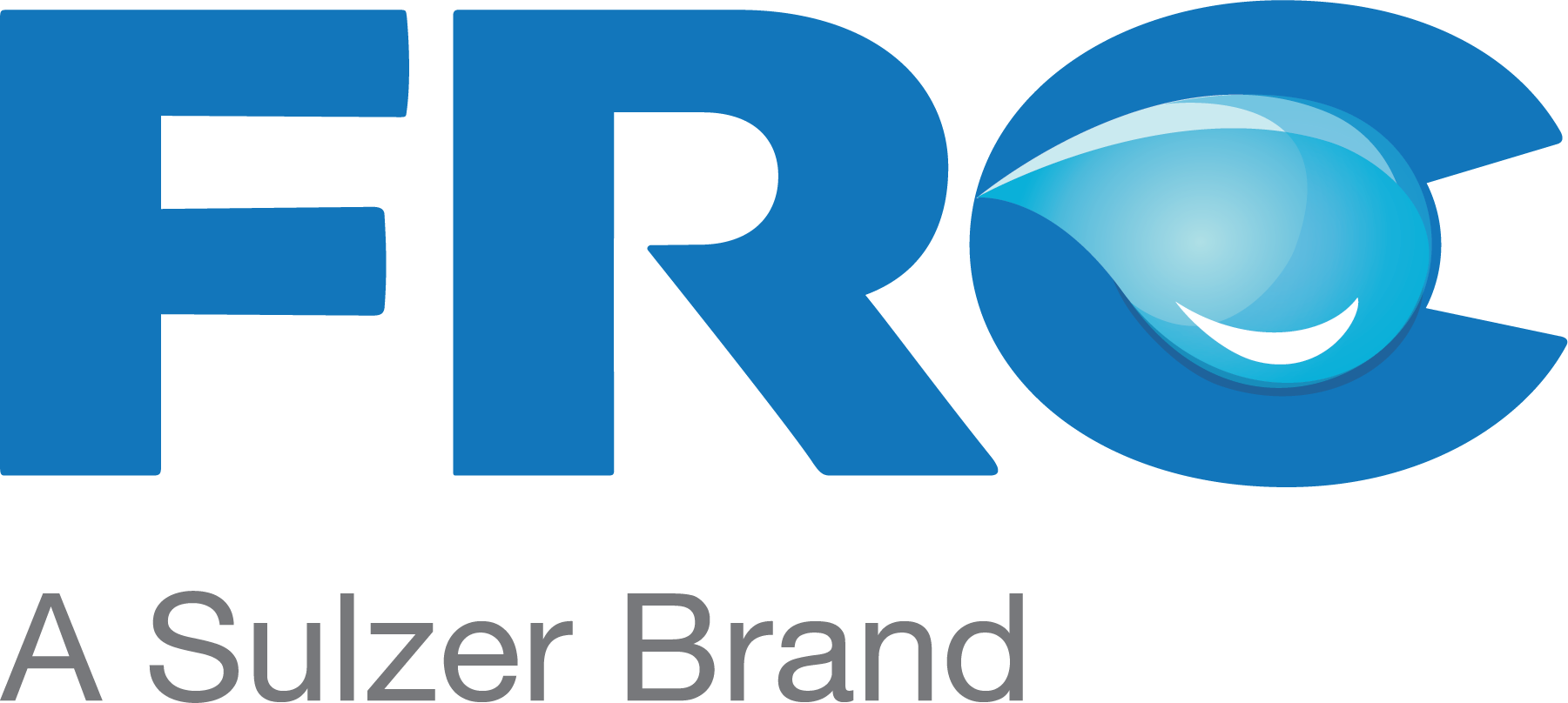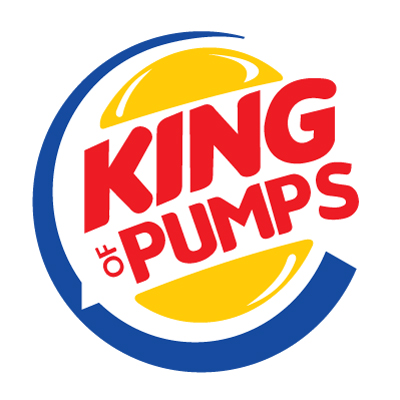DAF pumps are the key component of all DAF Systems. On it rides some of the largest capital, operations and maintenance expenses involved in wastewater pre-treatment systems. So, why does FRC employ an ANSI pump over a specialty DAF pump?
1. No Air in Pump Chamber
Specialty whitewater pumps come in a regenerative turbine or a multi-stage impeller configuration. These pumps pull atmospheric air (or receive an inlet feed of compressed air) into the pump chamber where impellers mix and shear the air with water to form micron sized bubbles that dissolve to create an air-water mixture. Specialty DAF pumps generate pretty decent whitewater, but anyone that’s ever worked with pumps will tell you that air inside a pump is rarely a good idea – there’s always a risk of cavitation, which causes internal damage and results in more-frequent-than-desired parts replacement.
ANSI pumps on the other hand, don’t pull air into the chamber because they don’t need it. The ANSI pump’s job is to move water, not be responsible for dissolving air into the liquid. No air in the pump, means very little risk for cavitation.
2. Lower Operating Pressure
ANSI pumps as designed for a DAF system are only required to pump water at 70-90 psi. Specialty pumps more typically require 90-110 psi. Lower pressures with the ANSI pump mean lower electrical consumption and savings on operational costs.
3. High Solids Tolerance
By nature of the way they operate, specialty DAF pumps have low solids tolerance. When you start-up of a DAF system that’s been off over-night, any left over solids that make their way into the pump can cause internal damage and reduce the lifespan of the pump.
This issue is less relevant to ANSI pumps because they have a larger tolerance for solids.
4. Standard Components
ANSI pumps are the only dimensionally standard pump type in the pump industry. Comparable sizes of all manufacturers have identical component dimensions. Manufacturers that employ ANSI pumps in their DAF systems design can source parts from any reputable pump vendor. DAF systems that use a specialty DAF pump, you’re only going to find parts through the DAF manufacturer and you’ll face long lead times, because those parts are likely coming from Asia.
5. Lower Acquisition Cost
Because ANSI pumps are standard across the industry, enormous competition from pump manufacturers has driven costs down. Specialty DAF pumps don’t have that kind of competition so, naturally, their prices are much higher. Hopefully you take care of whatever pump you operate and don’t need to think about replacing it, but if you do eventually have to bite the bullet and get a new one, you’ll be glad it’s just an ANSI pump.
Let’s recap:
| SPECIALTY DAF PUMPS | ANSI PUMPS | |
|---|---|---|
| Tendency to Cavitate | High | Low |
| Operating Pressure | Medium to High: 90 – 110 psi | Low to Medium: 70 – 90 psi |
| Solids Tolerance | Low | High |
| Standard Parts | No – sole sourced from manufacturer. Often originating from Asia | Yes – available from any pump vendor |
| Acquisition Cost | Varies – between $8,000 – $18,000 USD, depending on capacity | Standard – usually between $6,000 – $10,000 depending on capacity |
So there you have it. ANSI pumps are clearly king when it comes to dissolved air flotation systems.
All hail the king (of pumps)!

